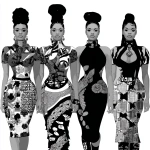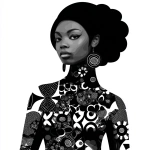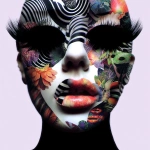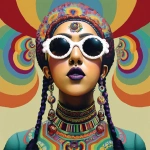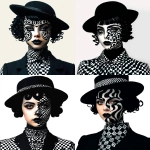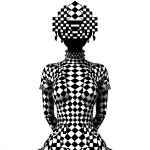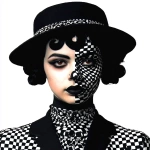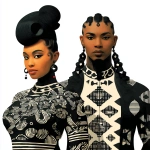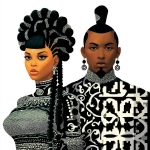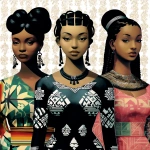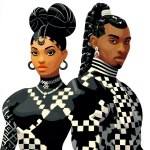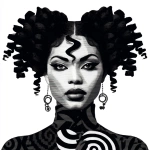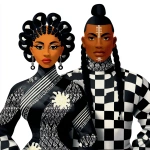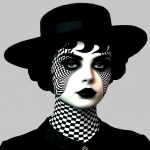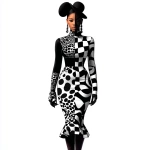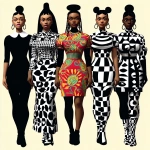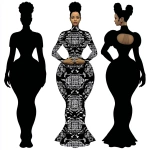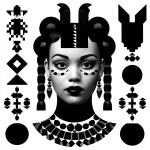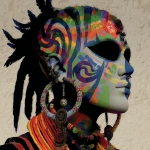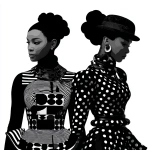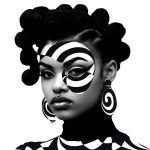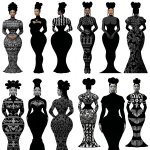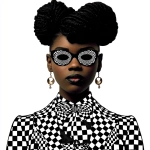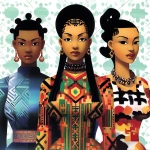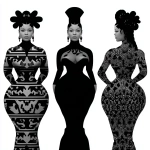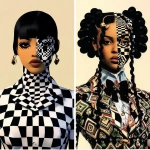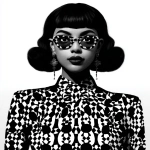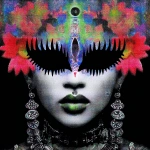Explore the Best AI Image Gallery
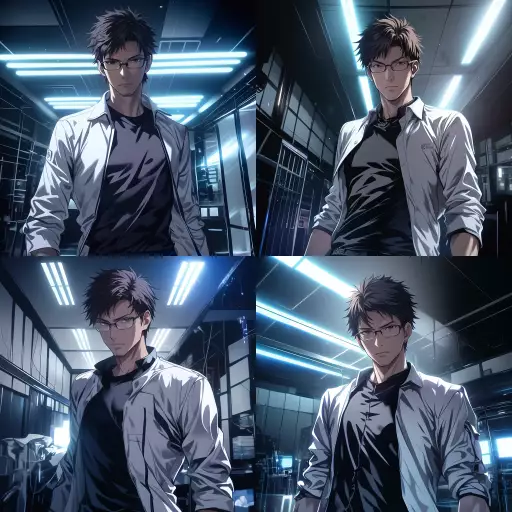
Pixels on Canvas: How AI-Generated Images are Transforming the Art World
The art world is experiencing a seismic shift as artificial intelligence (AI) takes center stage. AI-generated images, once a futuristic concept, are now a tangible reality, challenging traditional notions of creativity and authorship. This blog post explores the burgeoning impact of AI-generated images on the art industry, examining its potential applications, ethical dilemmas, and future trajectory.
A New Creative Frontier
AI image generators leverage complex algorithms and vast datasets to produce original artwork. These tools can mimic various artistic styles, from classic Renaissance paintings to contemporary abstract expressionism, offering artists a new palette of creative possibilities. Artists can use AI as a collaborative tool, exploring novel concepts and generating initial sketches that they can then refine and personalize.
Unlocking Accessibility and Democratization
AI-generated images have the potential to democratize art creation. Tools like DALL-E 2 and Midjourney are relatively accessible, empowering individuals without formal artistic training to generate their own visuals. This opens up new avenues for self-expression and allows anyone with an idea to translate it into a visual form.
Applications Across Industries
The impact of AI-generated images extends far beyond the realm of fine art. Industries such as advertising, gaming, and film are already leveraging these tools to create compelling visuals. Imagine generating personalized product mockups, designing immersive game environments, or producing realistic special effects – all powered by AI.
Ethical Considerations: Navigating Uncharted Territory
The rise of AI-generated images raises several ethical considerations that require careful attention:
- Authorship and Ownership: Who owns the copyright to an AI-generated image? Is it the creator of the algorithm, the user who provides the input, or the AI itself?
- Bias and Representation: AI algorithms are trained on massive datasets, which can contain biases that reflect societal prejudices. This can result in AI-generated images perpetuating harmful stereotypes.
- Misinformation and Deepfakes: The ability to create hyperrealistic images raises concerns about the potential for misuse, such as generating fake news or creating convincing deepfakes.
Shaping the Future of Art
AI-generated images are poised to revolutionize the art world in profound ways. As technology continues to evolve, we can expect even more sophisticated and creative applications. The key is to navigate these advancements responsibly, addressing ethical challenges and ensuring that AI serves as a tool for empowerment and artistic exploration.
The future of art is a dynamic interplay between human creativity and technological innovation. AI-generated images offer exciting possibilities, but its crucial to foster a dialogue about their impact and ensure that they are used ethically and responsibly. The canvas may be evolving, but the essence of artistic expression – the ability to capture emotions, tell stories, and inspire – remains at its core.
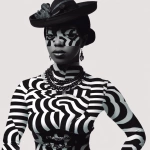
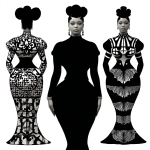
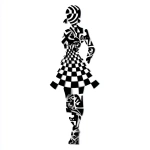

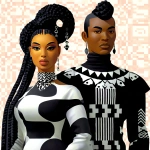
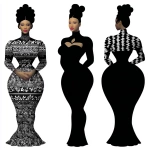

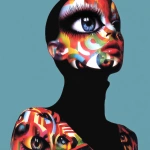

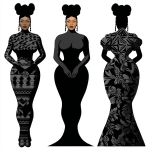

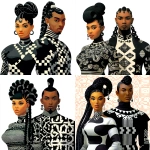
](https://images.ai-img.art/thumbnails/150/b07470b8f5aac844b40587574cf9ac68f4ac535df09a237d3d52a0a9190c9ca9.webp)

